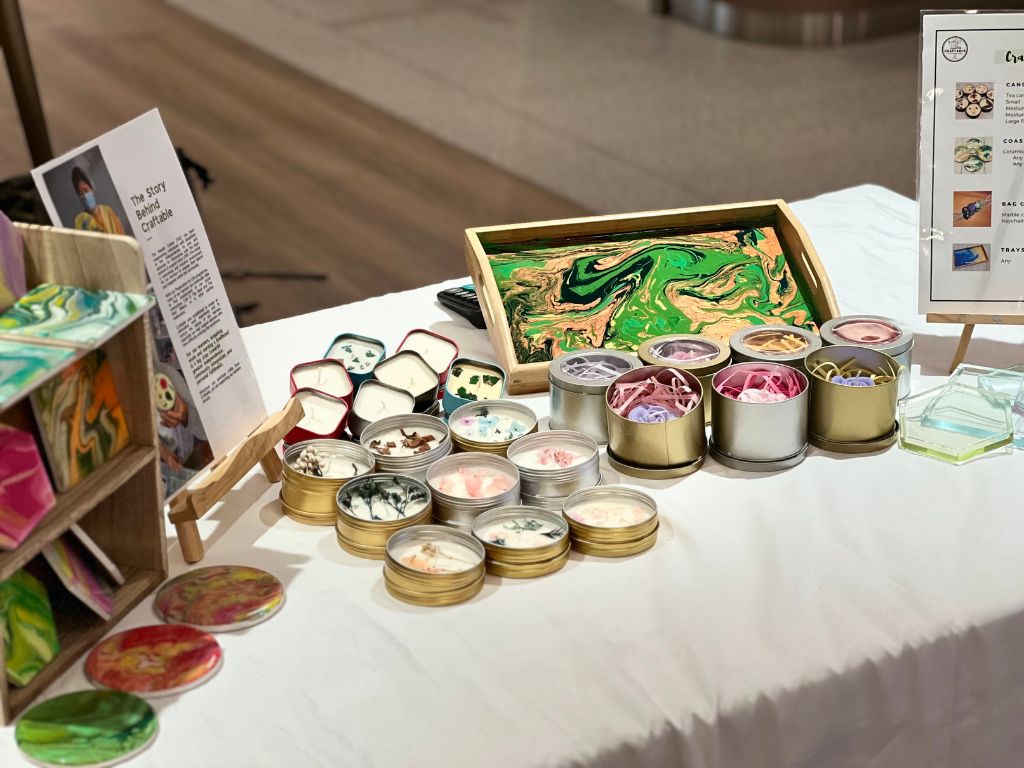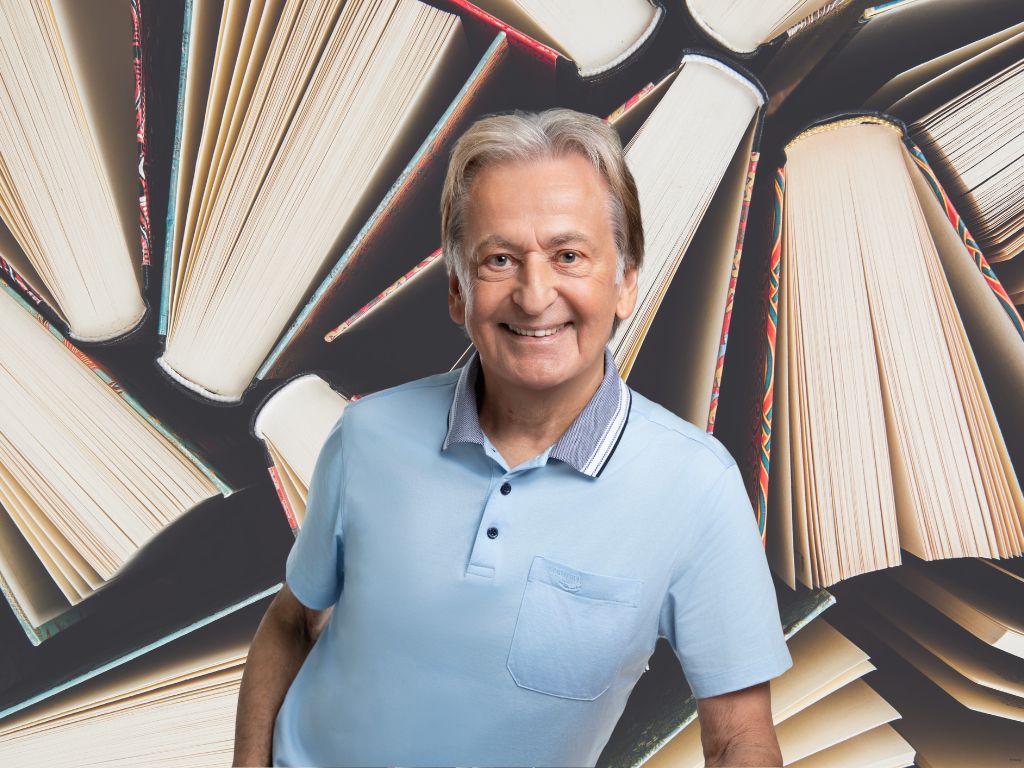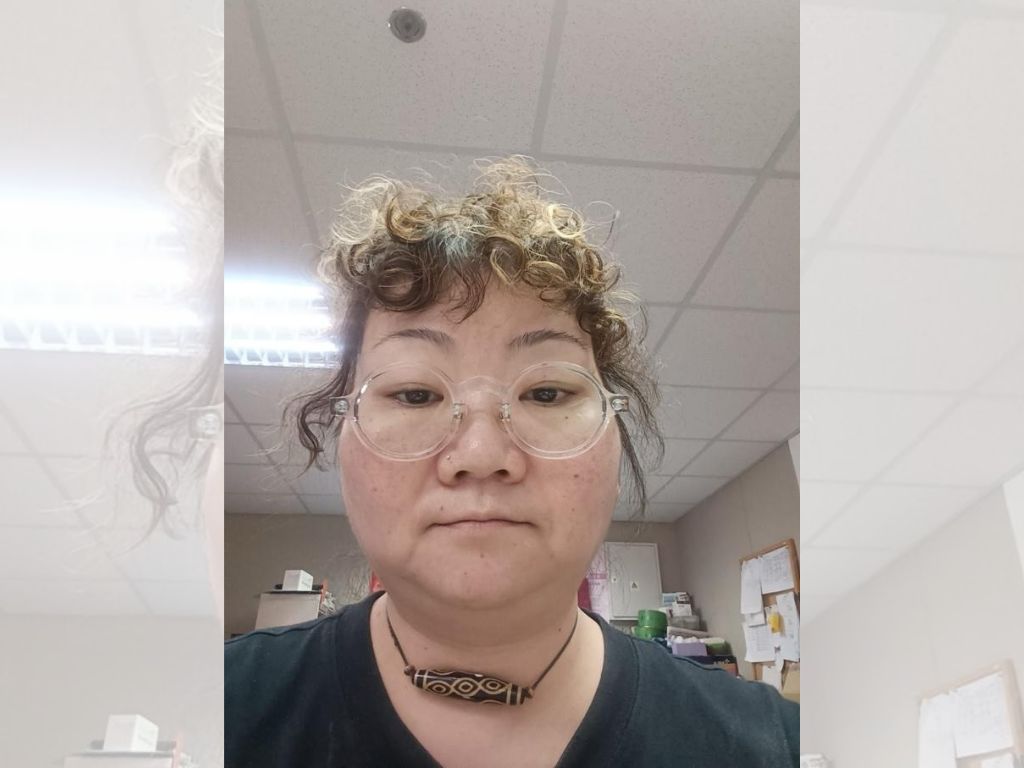An Internal Affair
Being Neighbourly x Nima King, Mindful Wing Chun
- Author/ Being Neighbourly
Share
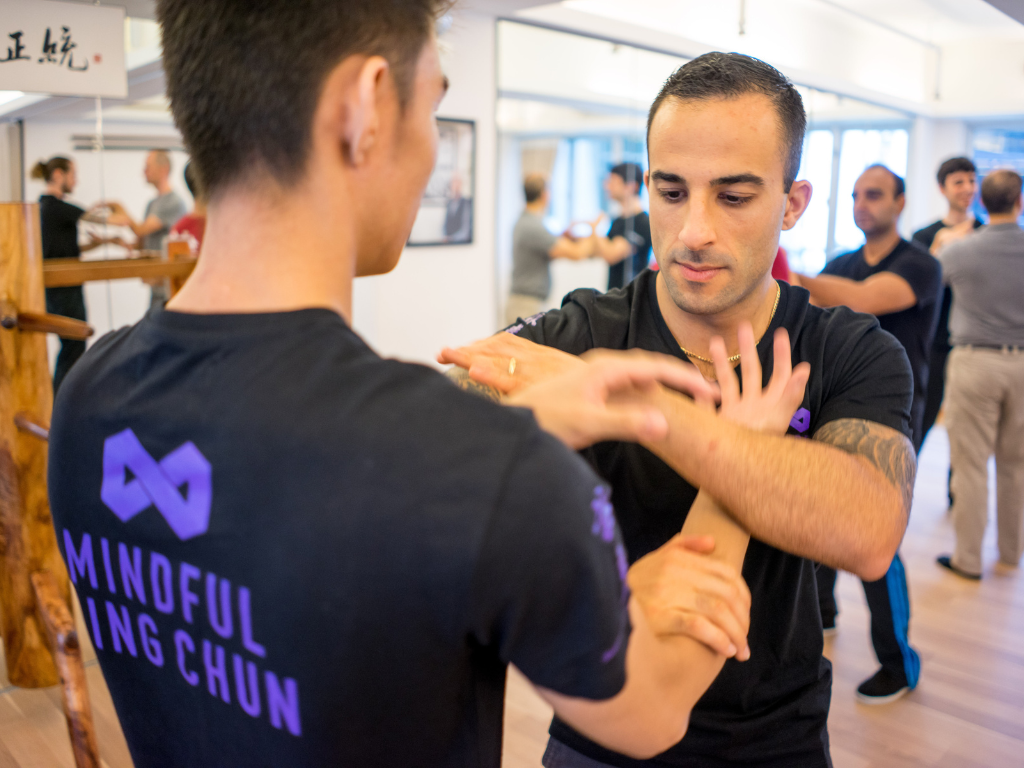
Ultimately, we want this art to be accessible to anyone who’s ready for it,” says Nima King, founder of Mindful Wing Chun. ‘Art’ is a word that crops up regularly in our conversation about King’s long-established business.
To those who don’t know, Wing Chun is a Chinese martial art known for its practical, concept-based approach to self-defense, particularly in close-quarter combat. It emphasizes efficiency, speed and technique over brute strength, and focuses on simultaneous attack and defense, centerline control (occupying the central axis of your own and opponent’s body), and the strategic use of an opponent’s force.
King moved to Hong Kong from Sydney in 2005, training full-time under Chu Shong Tin (one of Master Ip Man’s earliest and most senior students who started training before another of his students —Bruce Lee).“I didn’t have much back then, just a strong pull toward something deeper. I trained up to six hours a day in Chu’s home, absorbing the internal side of Wing Chun that isn’t widely taught,” says King.
Three years later, King opened Mindful Wing Chun with a just a few students. “We started with nothing but passion. Since then, we’ve grown into one of the largest full-time Wing Chun schools in the territory, with a team of international instructors and classes for adults, kids, schools and corporate groups. We’ve also launched an online school so we can share this art with people around the world.”
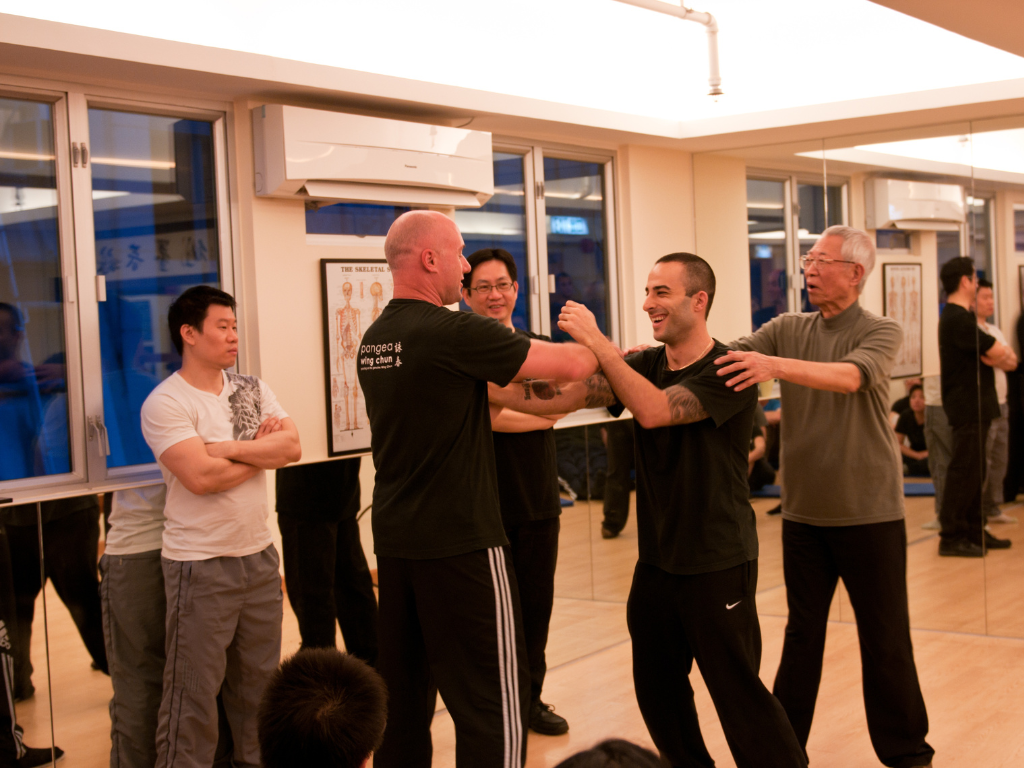

According to King, students are taught to generate power from the inside out, by aligning their structure, calming the nervous system and engaging the mind. “It’s a practice that goes far beyond fighting, it becomes a form of moving meditation and self-discovery.”
“Our foundation is the concept of ‘Nim Tao’, a state of focused, relaxed awareness. From this, we teach how to use the connective tissue of the body instead of isolated muscles to generate force. We also explore tensegrity, where the body operates like a suspension bridge, stable yet elastic under pressure. This enables us to move more efficiently, regardless of the movement of activity we are doing so it’s beneficial for everyone for all walks of life,” King shares.
“In the Martial Art aspect, rather than teach how to fight, we teach how to receive, shape and redirect force through structural intelligence and intention. This makes our Wing Chun soft, yet incredibly powerful, and deeply therapeutic.”
King underlines that, physically, Wing Chun improves posture, balance, mobility and coordination. “It teaches you how to move with efficiency, reduce unnecessary tension and strengthen your body without bulk.”
He adds that the mental and emotional benefits are just as powerful and that through mindful practice, you begin to calm the mind, regulate the nervous system, and connect to your body in a very grounded way. “For many students, it becomes a tool for dealing with stress, anxiety, or even trauma,” he says, adding that it’s not just self-defense, it’s self-awareness.”
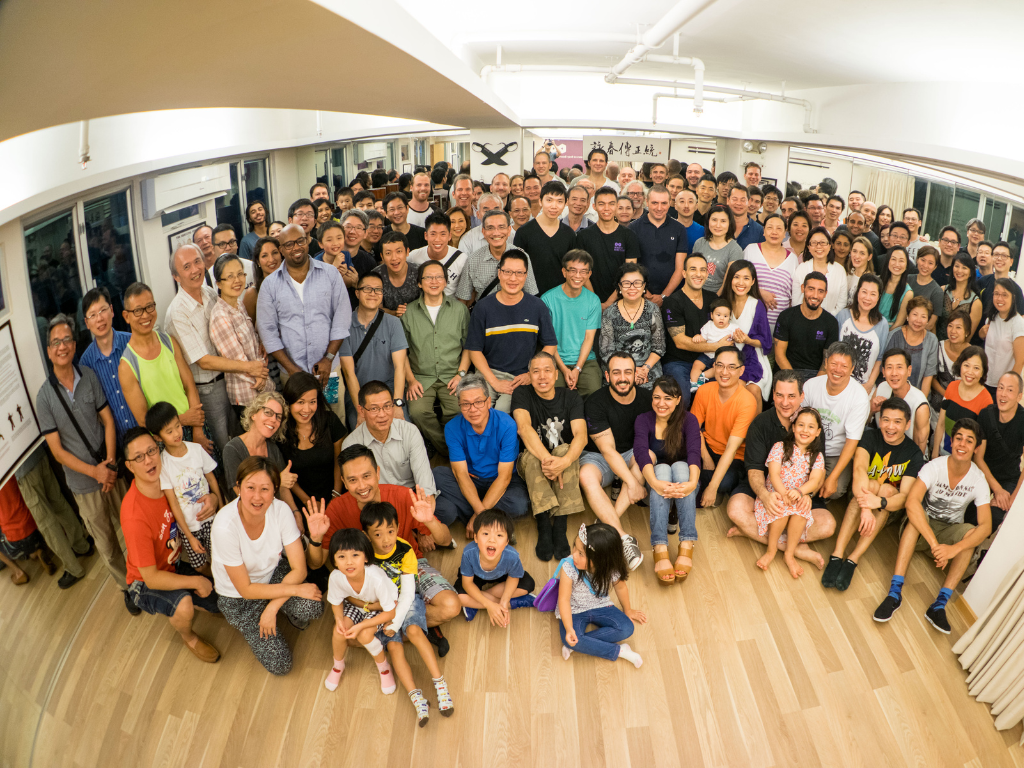
“We’ve had students come to us with chronic back pain or poor posture, and, after consistent practice, they’ve been able to move pain-free for the first time in years. Others have used the training to help with anxiety, emotional regulation, or recovering from personal trauma.”
King shares one of his proudest stories about a young boy who started with them at age four, shy and uncoordinated, but who recently earned his black belt. “Stories like his remind us that this art is about much more than martial skill, it’s about personal transformation.”
Mindful Wing Chun has a structured curricula for adults and children. For adults, they offer eight progressive grades that build from the basics to more advanced internal principles, including forms, partner drills and self-defence, whereas, for kids, they have a fun, engaging program that blends discipline with games, mindfulness and practical skill-building.
“We start with children as young as three years old and guide them all the way to black belt level. Every class is tailored to meet students where they are, whether they’re complete beginners or long-time practitioners,” King reassures.
Locally, the founder shares that they’re building more community partnerships, working with schools, companies, and wellness spaces to share Wing Chun as a tool for both self-defense and self-cultivation. Meanwhile, they are continuing to expand their online school to reach students worldwide, especially those without access to qualified teachers.
What’s the best work advice you have received?
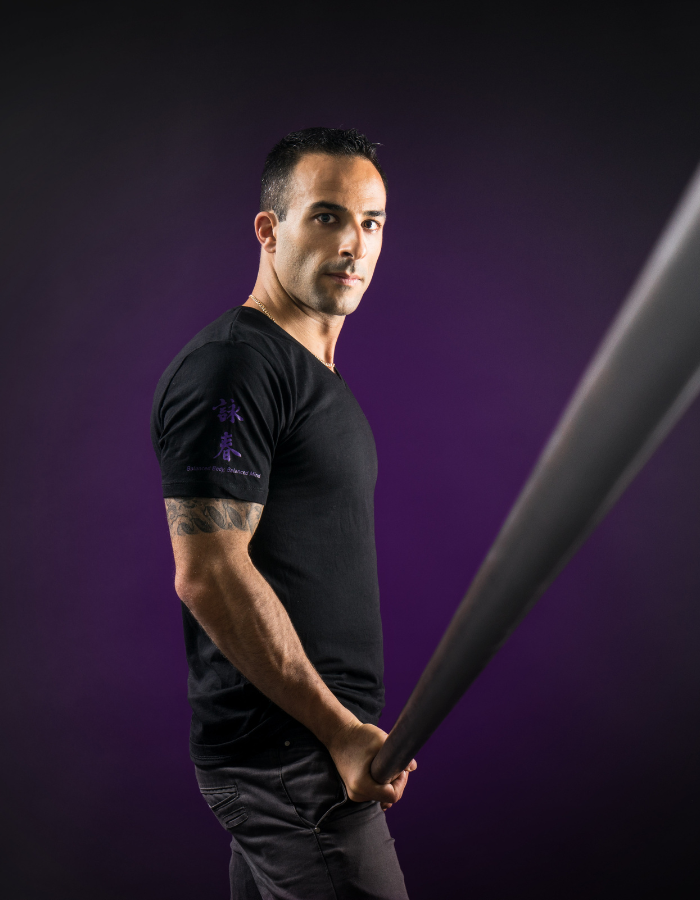
“Don’t teach what you know, teach what you embody.” That advice came from my teacher, Chu Shong Tin, though not in those exact words. He taught through presence, not performance,” says Nima King, founder of Mindful Wing Chun.
“This principle guides everything we do, because ultimately, people don’t remember your techniques, they remember how you made them feel.”
Mindful Wing Chun
8/F On Lan Centre, 11-15 On Lan Street, Central. Hong Kong.
- +852 6620 7050
- [email protected]
- www.mindfulwingchun.com.hk
Share
About the Author

Being Neighbourly
For over 20 years, the people behind BN have been creating content on the best things in life: food, travel and inspirational people.
Join the VALUE Membership
New Stories
Stay Up To Date
Want the latest insights and fresh content delivered straight to your inbox? Subscribe to our newsletter and stay updated with our exclusive content!
